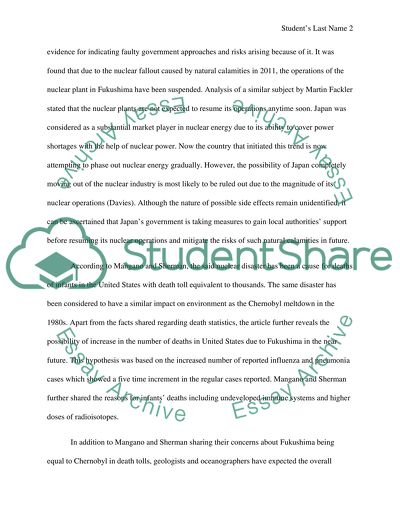Cite this document
(Fukushima Nuclear Disaster Worse than Anticipated Article, n.d.)
Fukushima Nuclear Disaster Worse than Anticipated Article. https://studentshare.org/environmental-studies/1467419-news-analysis-paper
Fukushima Nuclear Disaster Worse than Anticipated Article. https://studentshare.org/environmental-studies/1467419-news-analysis-paper
(Fukushima Nuclear Disaster Worse Than Anticipated Article)
Fukushima Nuclear Disaster Worse Than Anticipated Article. https://studentshare.org/environmental-studies/1467419-news-analysis-paper.
Fukushima Nuclear Disaster Worse Than Anticipated Article. https://studentshare.org/environmental-studies/1467419-news-analysis-paper.
“Fukushima Nuclear Disaster Worse Than Anticipated Article”. https://studentshare.org/environmental-studies/1467419-news-analysis-paper.


